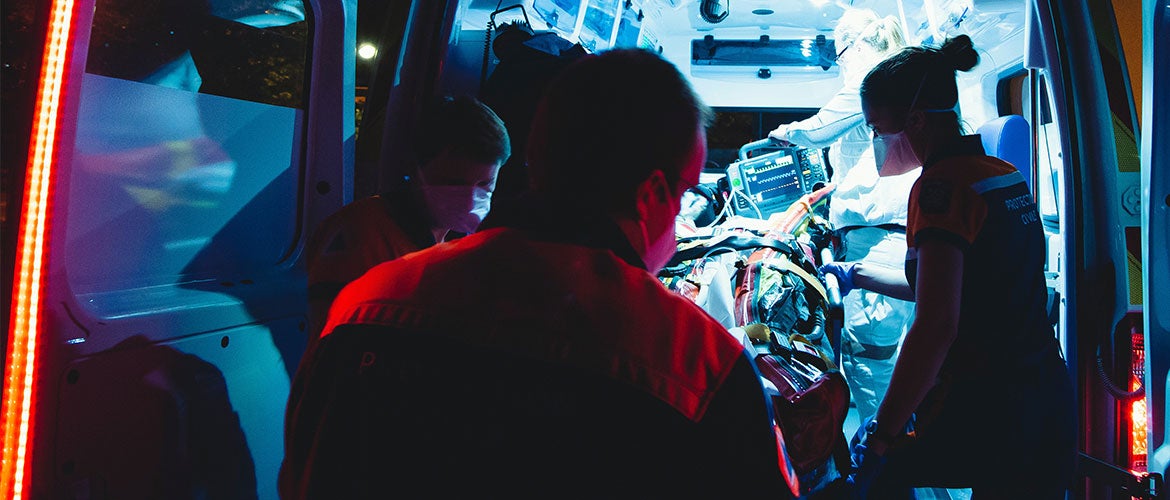AHA convenes national emergency preparedness leaders, releases just-in-time findings in new field guide.
About The CLEAR Collaborative
CLEAR—Convening Leaders for Emergency and Response, is a national partnership representing approximately 60 chief public health officials, 3,000 local health departments, 5,000 hospitals and health systems, 12,000 fire/EMS and emergency management leaders, over 38,000 public health professionals and nearly 50,000 health care professionals. The CLEAR Collaborative bridges gaps across national preparedness strategies unlike any previous iteration.
The CLEAR Collaborative is committed to accelerating a movement toward an evolved emergency management system that breaks down knowledge silos, bolsters the public health infrastructure, diversifies health care integration and more deeply considers the interactions between federal, state and local governments.
The CLEAR Field Guide for Emergency Preparedness is a road map providing a set of aligned priorities and actionable strategies that health care, public health, fire/EMS and emergency management can implement—together—to begin to strengthen the nation’s emergency management systems.
How to Use the CLEAR Field Guide
The nation’s public health and health care infrastructure must be designed to assess, respond to and manage threats to public health before they occur. The question remains: How does the collective field of community health advocates get there, together? The CLEAR Field Guide seeks to answer this.
The field guide offers four common emergency management objectives that health care and public health partners should prioritize together along with tangible strategies, real-world examples, resources and action steps to take to effectively prepare for, respond to, and recovery from the next crisis.

Priority Topic 1
Strengthen Cross-sector Partnerships
No sector works in a silo when responding to an emergency. As such, this section encourages readers to look beyond the usual collaborators to include building partnerships with nontraditional, trusted, and influential institutions within the community.

Priority Topic 2
Build Workforce Capacity and Resilience
The workforce is our most precious resource. Without a sufficient workforce, the field is not able to respond to the needs of its communities in both emergencies and non-emergencies. Even prior to COVID-19, the public health workforce had been underinvested; public health jobs were being eliminated while health care job openings were at record highs.

Priority Topic 3
Share Information and Manage Misinformation
During emergencies, it’s important to know where to go for accurate, up-to-date and helpful information. Moreover, the ability to execute informed decision-making in response to emergencies is dependent on timely, accurate, coordinated communications. Information-sharing is foundational to emergency response and impacts outcomes.

Priority Topic 4
Normalize a Culture of Preparedness
The more prepared you are as an organization, the better equipped you will be to support your community when responding to an emergency. The ability to prepare, respond and recover from an emergency starts within your organization. Normalizing a culture of preparedness and utilizing key response concepts, outside of an emergency, provides an opportunity to educate and empower staff while bringing value to the goal at hand.
Presented as part of Cooperative Agreement HITEP210047, funded by the Administration for Strategic Preparedness and Response (ASPR). The Health Research & Educational Trust, an American Hospital Association 501(c)(3) nonprofit subsidiary, is a proud partner of this Cooperative Agreement. The contents of this webpage are solely the responsibility of the authors and do not necessarily represent the official views of the Administration for Strategic Preparedness and Response (ASPR) or the Department of Health and Human Services (HHS).



